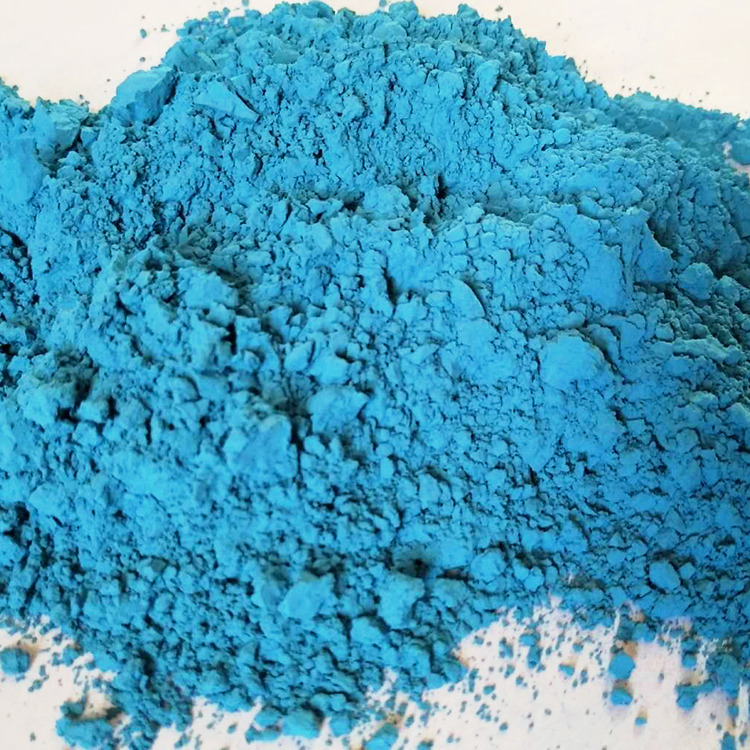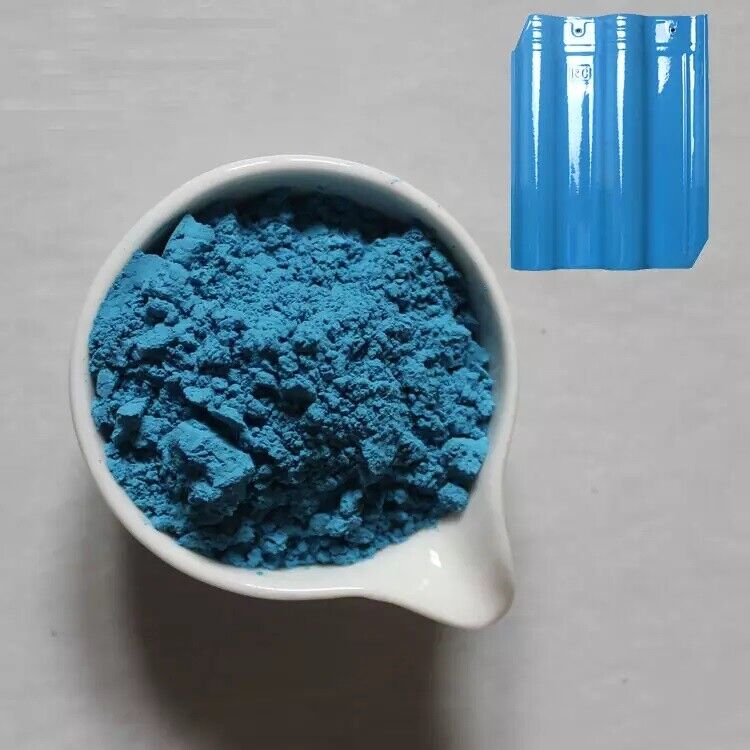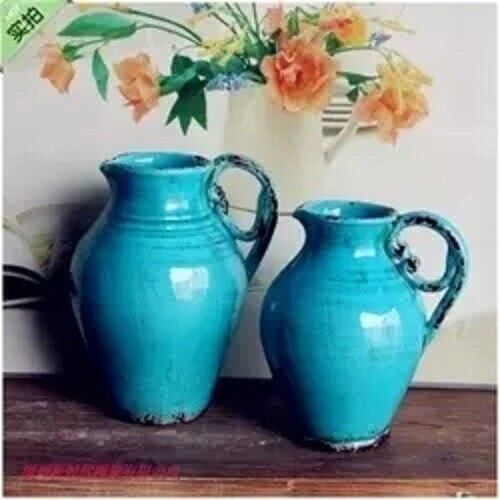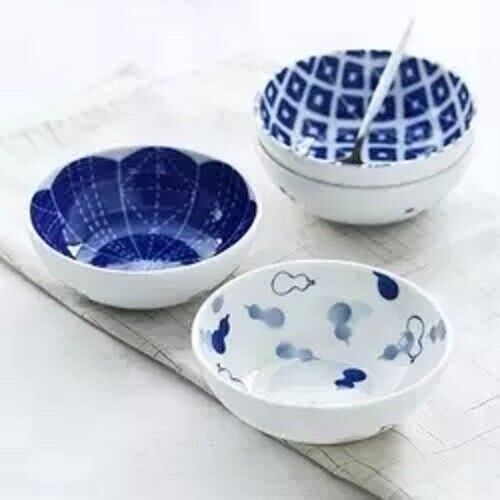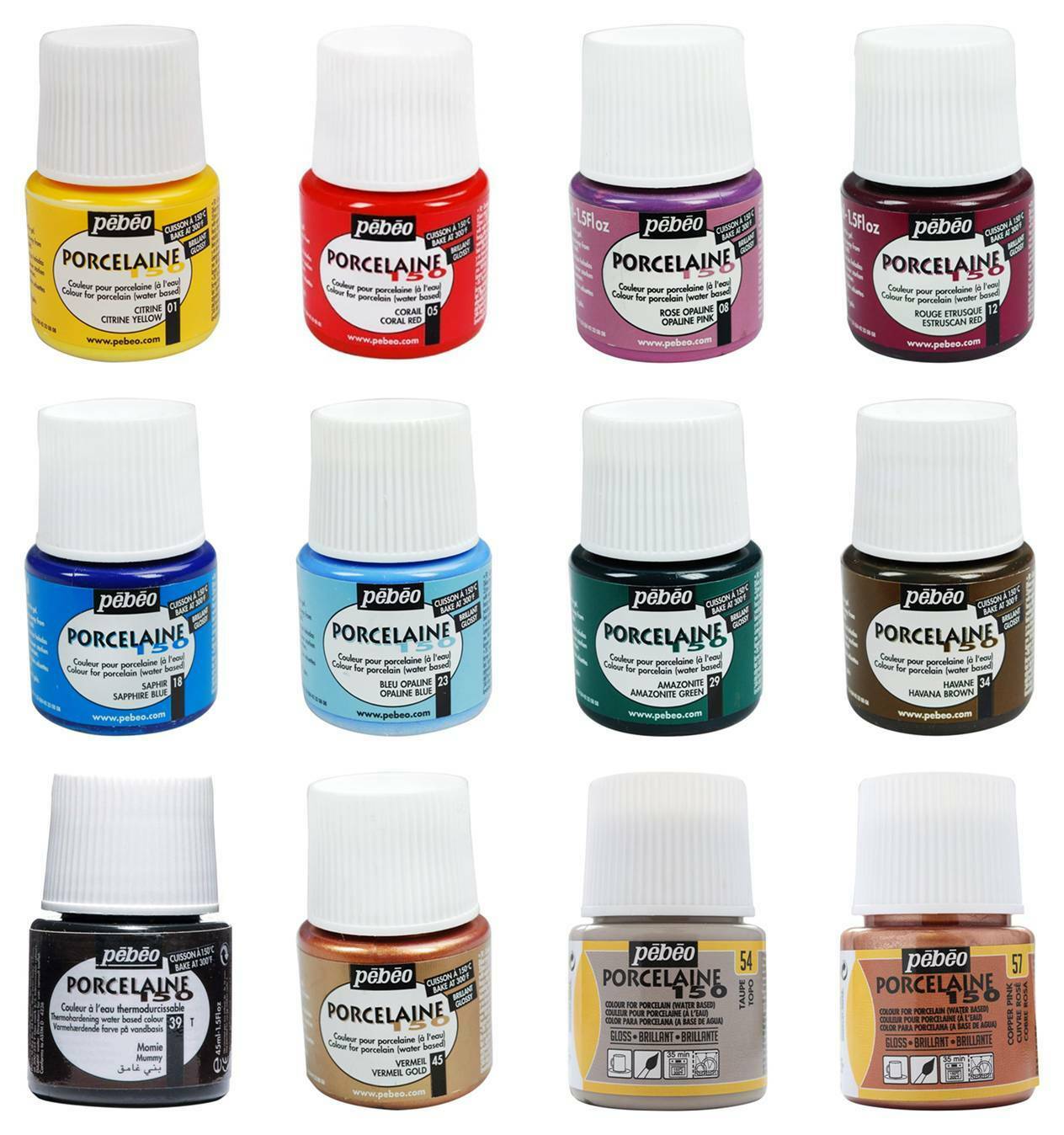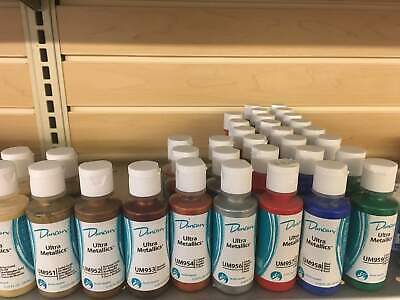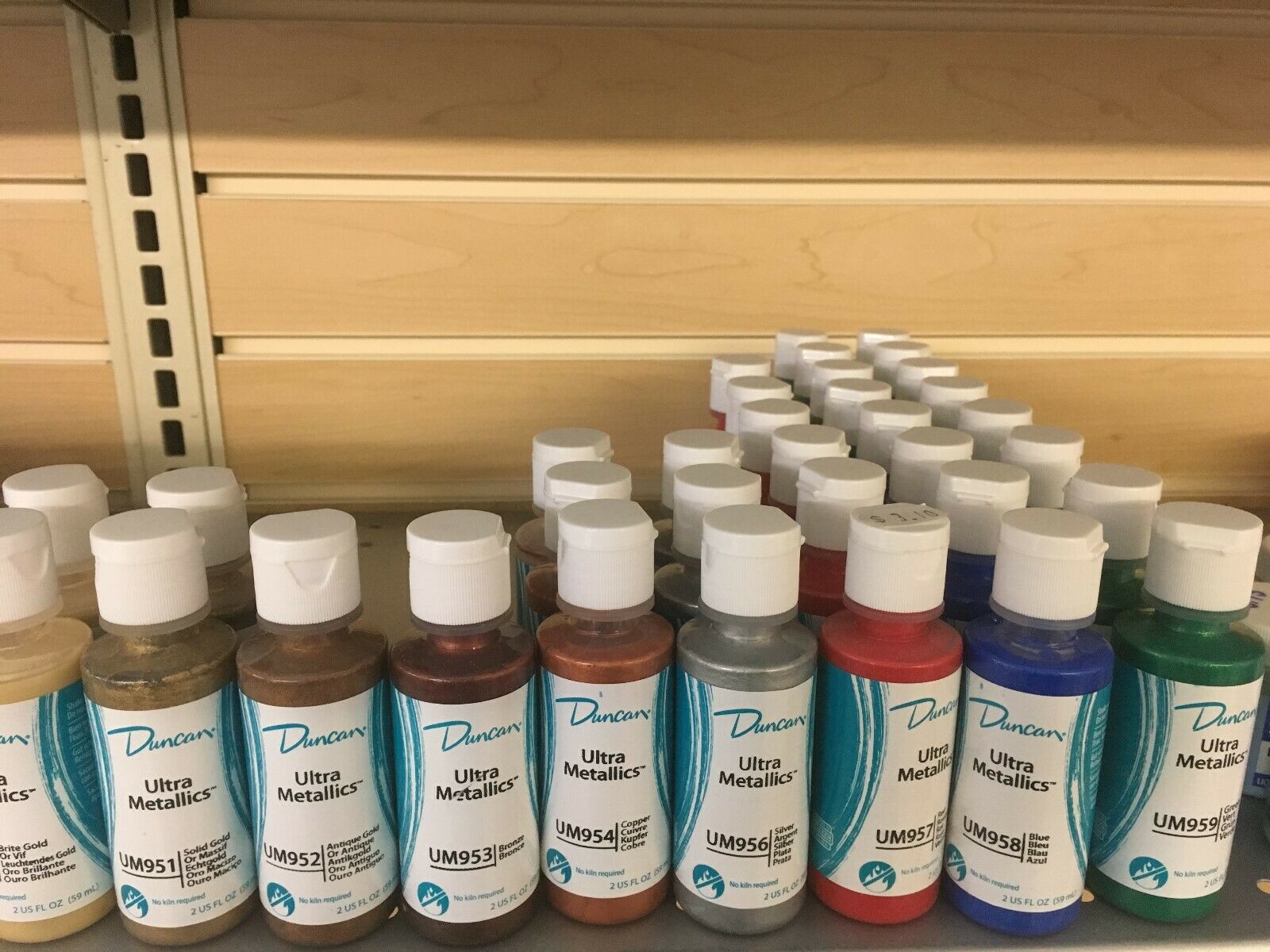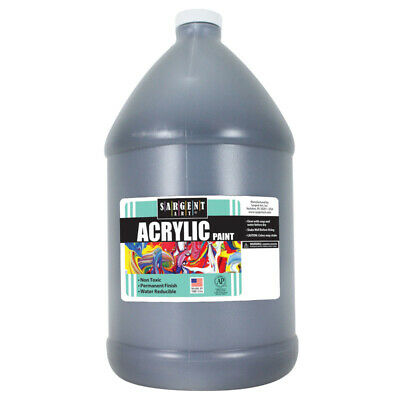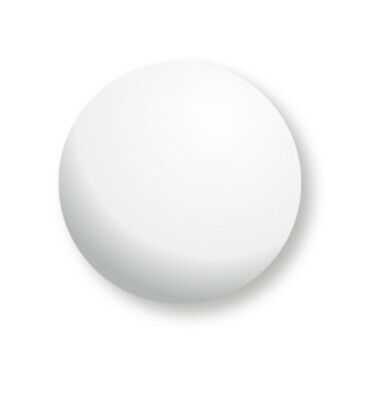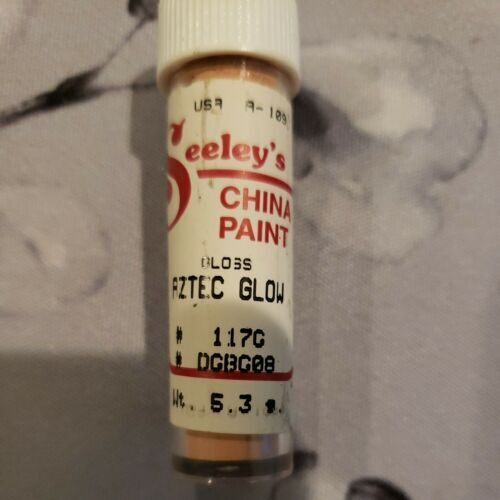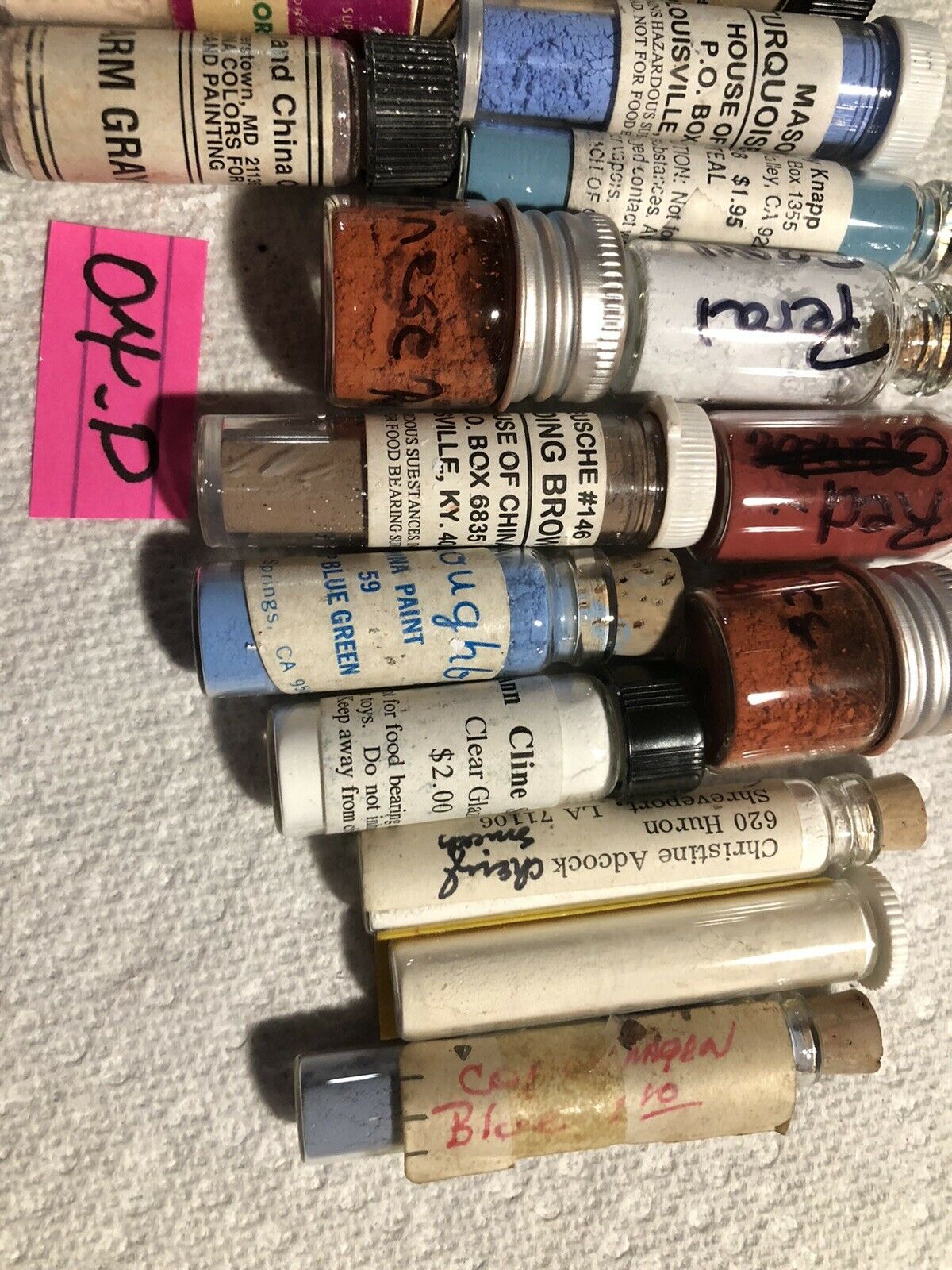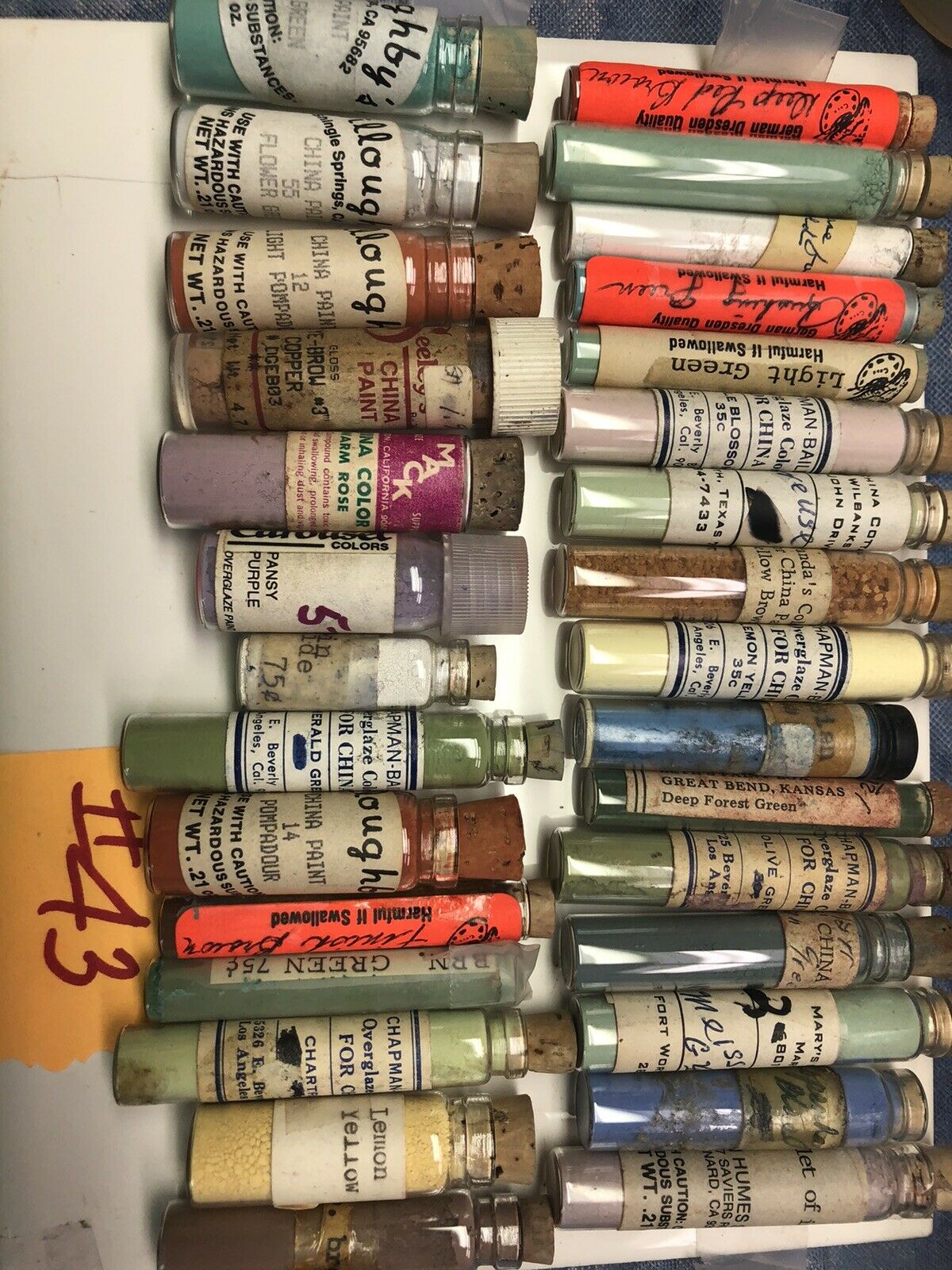-40%
vanadium-zirconium blue ceramic colour glaze stain pigment iron oxide 1200C
$ 3.56
- Description
- Size Guide
Description
Stains are a mixture of ceramic oxides and coloring metal oxides that are melted in kilns, quenched, ground to specific mesh size (some are acid washed), and colored with organic dyes to simulate the fired color. Essentially they are fritted colorants. They are made and manufactured for several reasons: to provide a consistent and stable form of colorant that doesn’t dissolve in the glaze melt as easily as coloring metal oxides; to make colorants safer to use than raw metal oxides (commercial stains are less soluble in water); to allow repeatable and consistent results with minimal effort; and to allow you to fine tune your color selection to get the color you want at a reasonable cost. They can appear expensive, but time is money. Consider the countless hours of glaze testing that would be necessary without the consistency of a dependable commercial stain, then the prices are more reasonable.It is important to keep in mind that the base formula in which the stain will be used, as well as the firing temperature and firing method, which can affect the color.
Test firing a glaze formula with four percent stain will show how the combination will work and indicate if a greater or lesser amount of stain will create the desired color.
Most stains are stable up to temperatures of 2300F.
The 'fired color' swatch represents the stain color when mixed with water, brushed across a tile, and fired to cone 5.
Mason Stains can be used as you would use any other natural pigment. It can be added to glazes, slips, engobes, and clays to give color to those products.
Fired color intensity can be altered by increasing or decreasing the amount stain added. To achieve the color intensity seen in the fired tile, add 5 to 10% by dry weight to glazes, and 15 to 25% for engobes, slips and clays.
Mason stains can be mixed/blended with each other to produce new color variations.
Base Glaze Recommendation: Use in
all base glaze types.
